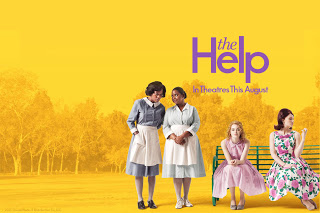The
Help has come to be a critically acclaimed story of black domestics
seemingly rising up against the white women who employed them as practically
slave labor during the civil rights era. For this specific text, my target
audience today would be to older generations of southern white women, who were
mothers in the south during the early 1960s. Ideally, the target audience would
have been raised themselves with the help of a black domestic, and then went on
to have a black woman assist in raising their own children.
This target audience may still
hesitate to believe that black women of the south should be treated as equals
to the prominent white families. As socially unacceptable as it is, in the
south racism is very much alive towards blacks. Some resources that they might
trust are articles written by women of their generation. They might respond
negatively towards my opinion, yet positively to someone who is similar to
them.
Throughout the story, many scenes
are depicted as showing both views—the views of the white women towards the
black women, as well as the views of the black women towards the white women.
The characters who seemed to have the most neutral of views are the children,
which only makes the most sense.
In order to provide a strong argument
to the target audience’s beliefs, I need to be sure to find positive reviews of
the film, as well, as real life examples. How has what been proved in the movie
shown to be realistic in today’s society, and even as time has progressed since
the civil rights era? That is one question to be answered.




No comments:
Post a Comment